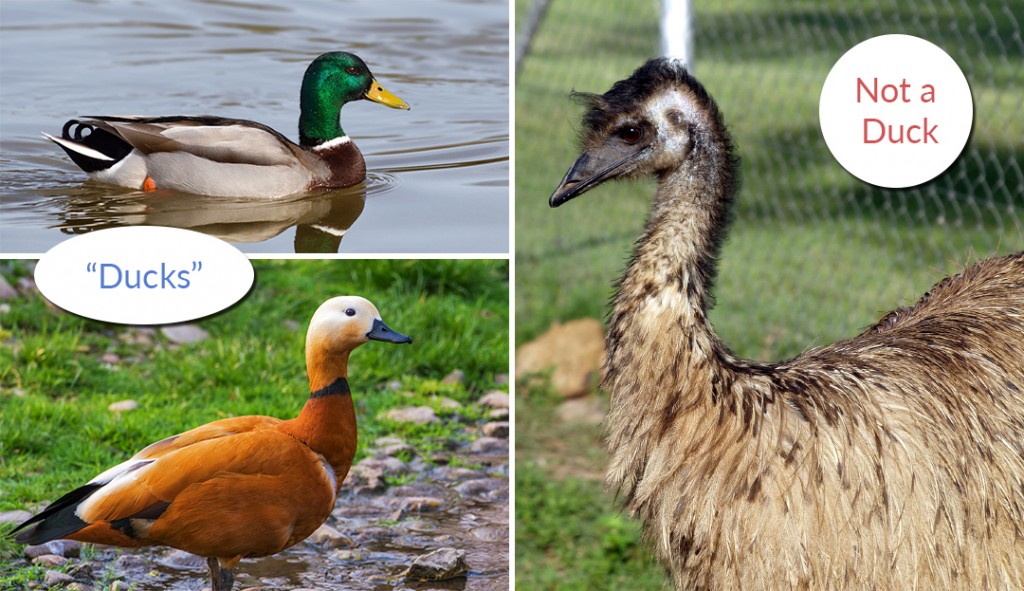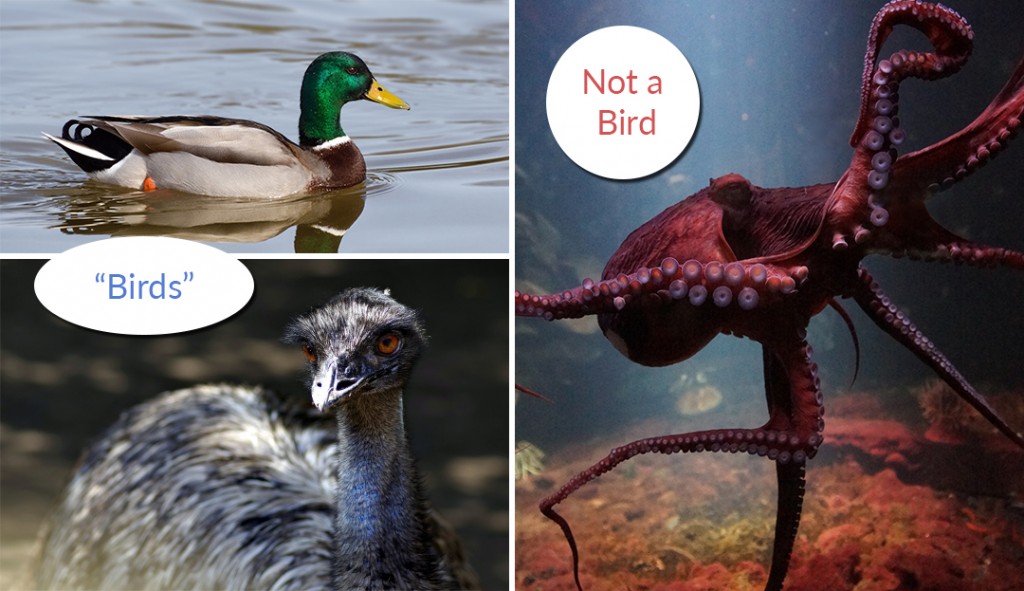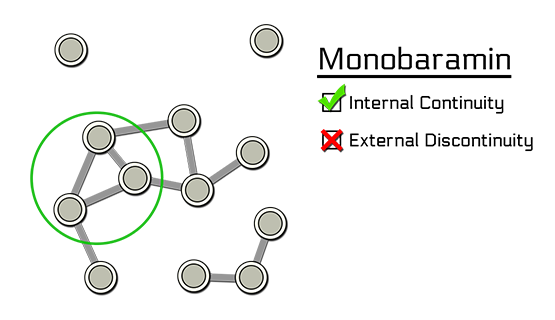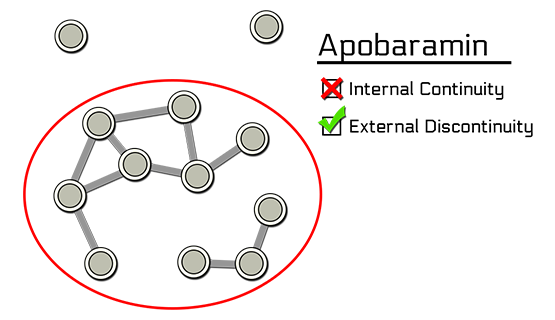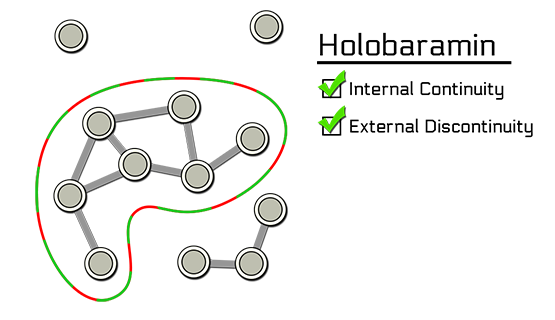
Organizing Creation: The Science of Created Kinds
Consider the common mallard. The males of this species are easily recognized by their green heads, white collars, and pale brown wing feathers. These qualities allow us to distinguish the mallard from other bird species, such as the ruddy shelduck.
Although there are obvious differences between these creatures, they seem mild when we compare these species to, say, an emu. In this case, we can instinctively sense that the mallard and shelduck are both “ducks,” while the emu is clearly something different.
This pattern can be expanded further by comparing both ducks and emus to something completely different – an octopus, for example. Here, we see that the ducks and the emu are “birds,” while the octopus is something different entirely.
Our ability to detect patterns among living things, as well as our desire to understand them, is an innately human quality, dating back to Adam in the Garden of Eden.
“Now out of the ground the Lord God had formed every beast of the field and every bird of the heavens and brought them to the man to see what he would call them. And whatever the man called every living creature, that was its name.” – Genesis 2:19
This desire to name and organize living things lies at the heart of a science called taxonomy.
Taxonomy and Origins
Early taxonomies often classified living things based on arbitrary criteria. As taxonomy has shifted towards more data-driven methods, it has become clear that our methods for cataloguing life’s diversity are heavily influenced by where we believe that diversity came from.
For example: In evolutionary biology, it is believed that all of life arose from a single common ancestor, and that the diversity we see today is the result of that ancestor evolving into diverging forms over many millions of years. To reflect this, evolutionary biologists use a method called cladistics to organize living things into a proposed family tree, with different groups being united by perceived common ancestry. Birds, for example, are considered dinosaurs under cladistics because they are believed to share a common ancestor with other dinosaurs, such as Triceratops and Tyrannosaurus.
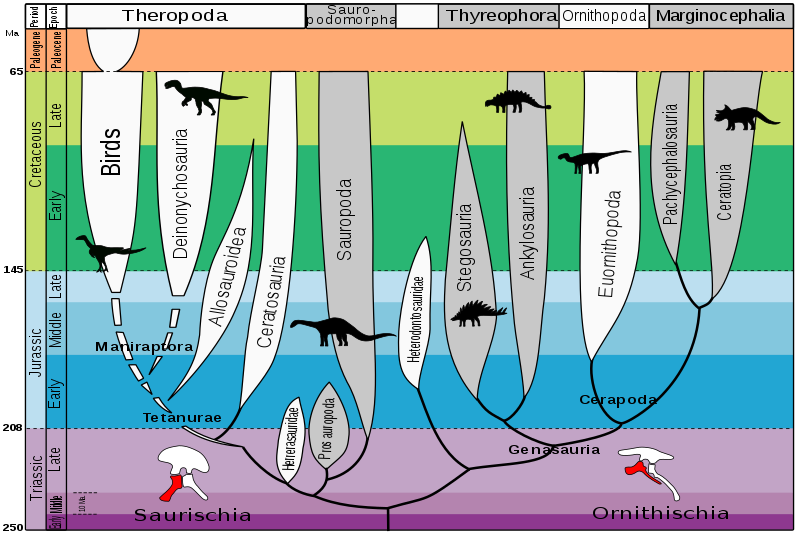
Cladistic analysis uses character data sets to construct proposed evolutionary trees called cladograms. Organisms that share a common ancestor are considered to be members of the same group (or clade). Evolutionists consider birds to be dinosaurs because cladistic analyses often suggest that they share a common ancestor with certain dinosaur clades. – Image Source
While we may not always agree with the cladistic methods or their results, that does not automatically make them unscientific. Although some bias is inevitable, most of the work within cladistics is carried out in a very cold and dispassionate manner. The fact that something is scientific, however, does not mean that it is a useful reflection of reality. If one believes in universal common ancestry, then cladistics is a very useful way to understand organisms. If not, then it seems rather useless to organize living things based on possibly non-existent ancestors. In this case, other classification methods must be considered.
Towards a Biblical Taxonomy
If we reject Darwin’s Theory of Evolution, how else might we categorize living things? The pursuit of this question has given rise to a relatively new branch of creation biology, called baraminology – the study of created kinds, or baramin (from the Hebrew “bara,” meaning created, and “min,” meaning kind).
Like evolutionists, baraminologists believe that common ancestry is the best explanation for the patterns of life. This common ancestry is not universal, however. Rather than a single, unified tree, the baraminologists sees nature as being composed of many separate trees, each representing a specially created “kind” of organism that has since diversified into the myriad of forms we see today and in the fossil record. An “orchard of life,” instead of a “tree of life.”
This concept of created kinds comes directly from the creation account of Genesis 1, in which God creates the different forms of life over the many days of Creation – the plants on Day 3, the flying and marine creatures on Day 5, and the land animals on Day 6. Each of these groups are said to have been created “after it’s kind,” and while the usage of the term here is far from technical, it does reveal that the core patterns of life’s diversity arose not by gradual evolution, but by special creation.
Detecting Created Kinds
The goal of baraminology is to determine, or at least approximate, the boundaries and members of the many different baramin. This is accomplished through the detection of holistic similarity among organisms. Organisms that share this similarity are considered continuous, while those that do not are considered discontinuous. A group of many continuous organisms is called a continuum.
Organisms may be compared in many ways to detect similarity, but, in order to be significant, it is vital that these comparisons be holistic in nature (meaning that they take the entire organism into account). Early taxonomies often categorized creatures based on only one or two key traits or behaviors (such as the ability to fly), resulting in some very odd groupings. Baraminologists, however, seek to understand and study their subjects as whole units, and, therefore, try to incorporate as much information about the creature’s design and nature as possible into their studies.

Results of a statistical baraminology analysis on theropod dinosaurs, represented in both two (left) and three (right) dimensions. Charts redrawn from Aaron (2014).
Today, most baraminologists employ a suite of statistical methods for detecting holistic similarity, using sophisticated computer programs to process data about different organisms and their traits and compare them to each other. The resulting data may be visualized in a variety of forms, providing the baraminologist with valuable information regarding the continuity and discontinuity of the group. At this point, three kinds of clusters may appear:
Monobaramin
A monobaramin is any group of organisms that are internally continuous. Although all members within the group form a continuum, they are not necessarily discontinuous with all species outside the group. Ducks, for example, may form a continuum with each other, but are not necessarily discontinuous with other, similar birds, such as geese or swans. Ducks, therefore, are a monobaramin.
Apobaramin
An apobaramin is any group of organisms that are discontinuous with all species outside of the group. Although an apobaramin is bound by external discontinuity, not all members inside the group are necessarily continuous. Using our starting example, the ducks and the emu appear to be continuous when compared to the very different octopus, yet reveal discontinuity when compared by themselves. “Birds,” in this case, are an apobaramin.
Holobaramin
A group may be considered a holobaramin if it is both a monobaramin and an apobaramin – continuous among its members, but discontinuous with all other organisms. Ducks, geese, and swans form a continuum, but are discontinuous with all other organisms. Therefore, together, they are considered a holobaramin.
The holobaramin is considered the closest approximation of the true created kind and is the holy grail of any baraminology study. Sometimes, however, the holobaramin may not be found by a single analysis. In such cases, the baraminologist must, by refining their analysis or acquiring new data, work to expand the monobaramin/shrink the apobaramin until the holobaramin can be found.
A Frontier in Creation Research
As you can see, the study of created kinds can be complex. Once past all of the jargon and complicated terminology, however, one finds that baraminology is actually a very approachable and rewarding science.

